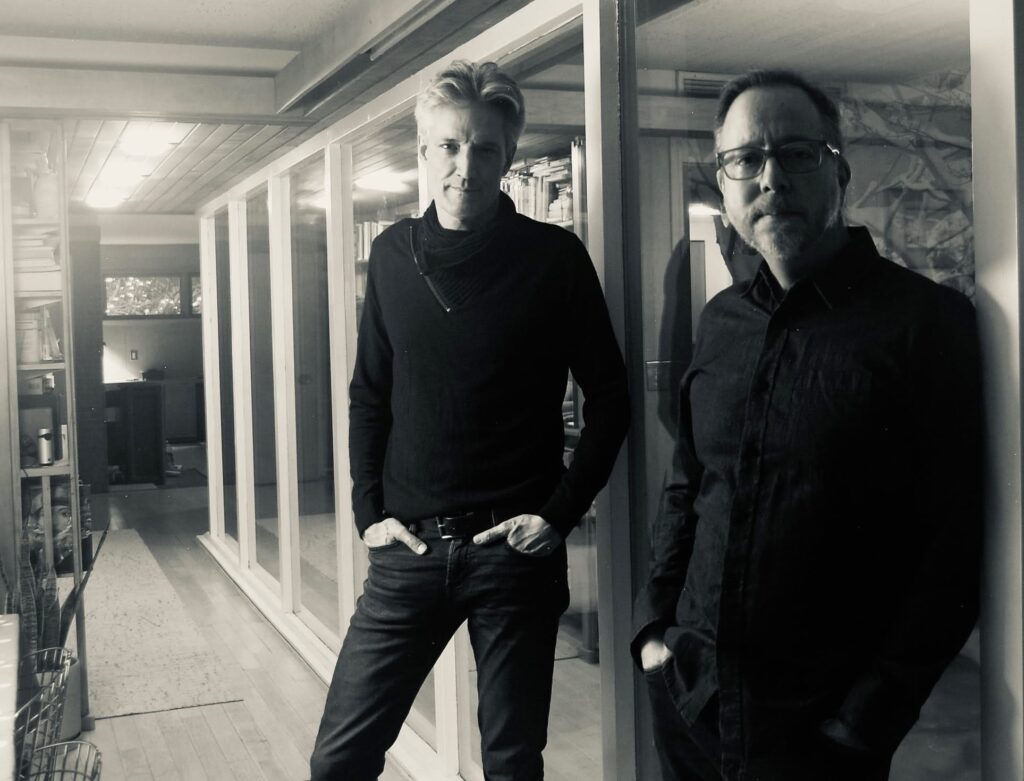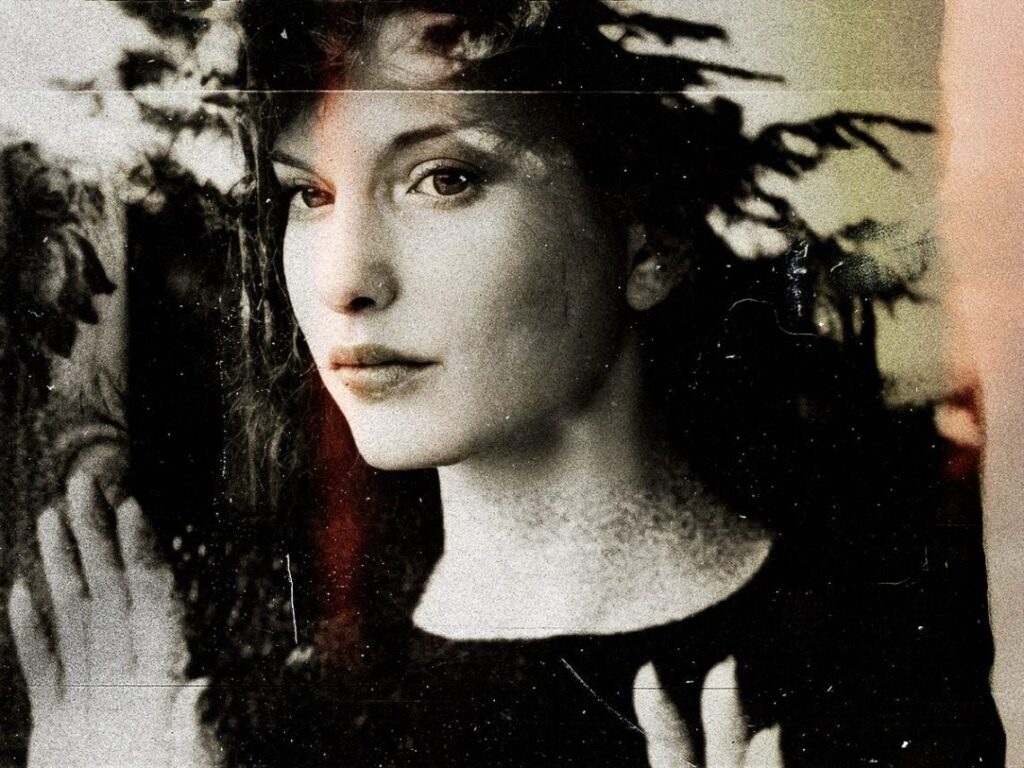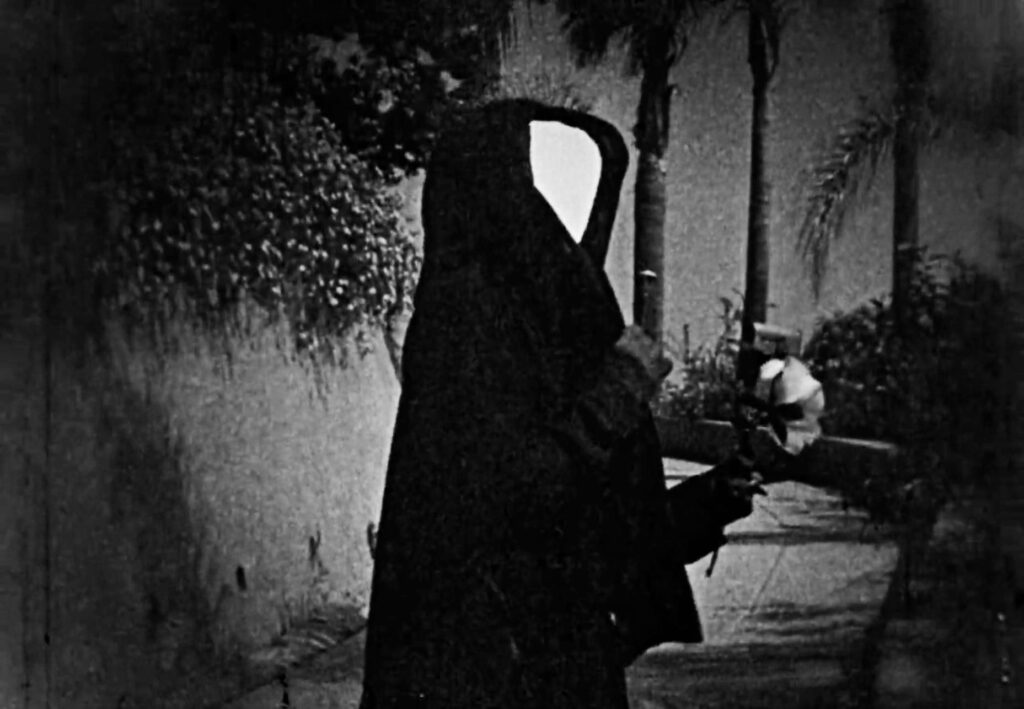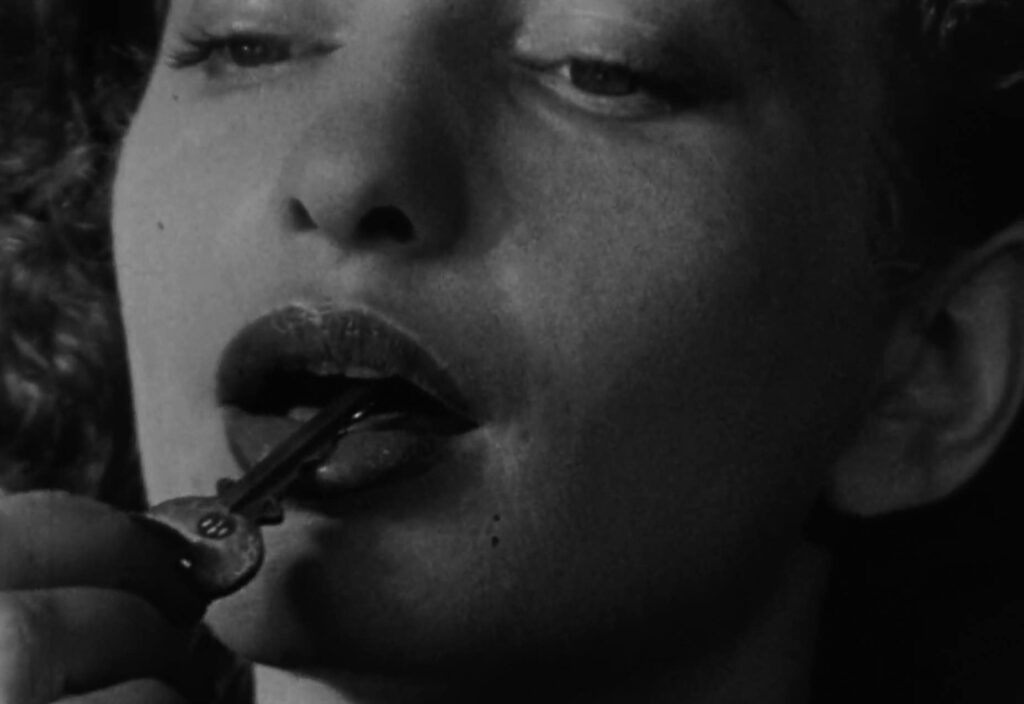| Malcolm Cooke |

Meshes of the Afternoon and Other Shorts will play at the Trylon Cinema from Friday, February 14th, through Sunday, February 16th. This show features live music from ten thousand lakes. For tickets, showtimes, and other series information, visit trylon.org.
Steven Larsen and Peter Bruhn met through their mailman. An avid sports fan, he assumed that two men hailing from Wisconsin must be Packers fans and encouraged them to meet. But when they finally got together to watch a game, they ended up connecting through music instead of sports. They toured Larsen’s basement studio, examined CD collections, and bonded over Icelandic bands like Sigur Rós. “I don’t even remember watching the game,” Larsen said when I met the pair for an interview.
Fast forward to the present day, Larsen and Bruhn are now the two halves of ten thousand lakes (also stylized as “xkl”), who will be performing a live accompaniment for four short films by the Ukrainian-born American avant-garde filmmaker Maya Deren this Valentine’s Day weekend.

The duo describes their music as “organic electronic.” The “electronic” portion speaks to Larsen’s effect laden guitar—awash in a shoegaze worthy gauntlet of pedals—and the myriad of other additions from Bruhn (a self-described “tinkerer”), such as a synthesizer to bring in chords and a xylophone he’ll be looping at the Trylon. But underneath that lies the organic. Bruhn plays acoustic drums; past the labyrinth of guitar pedals lie the real strings on Larsen’s guitar. More than that, “organic” also represents their approach to making music. They reject perfectionism and like exploring ideas through improvisation in real time. Samples are present, but they don’t start with them, favoring the human element and imperfections of live musicianship.
“I would say a lot of people think we use loops more than we actually do. A lot of what I’m doing is sustaining, I’m layering in sustain so it’s happening in real time. I have not used a loop effect on my guitar since we started this project.” Larsen said.
Said project is The Maya Deren Project: four films by Deren, set to original music by the band. Aside from one song “Schiele” from the band’s 2024 debut album Lorem Ipsum (available digitally and on Vinyl!), all the music is originally composed for Deren’s films. In the process of composing, they also employed the philosophy of “organic electronic.” While composing there is very little spoken communication about the piece. Instead, the pair musically develops individual ideas that grab their attention in the moment. After that, the ideas are refined into more set flow with “anchor points” that allow them to function as a score to a set film while still leaving “space to be spontaneous,” as Larsen described.

The band has found a sort of niche in pairing their music with early 20th century cinema and silent films from the public domain, numerous clips of which can be found on their Instagram. “Our music is organic, it’s ethereal, it’s atmospheric. It just lends itself well to visuals,” Bruhn said. This fascination evinces their influence by and enthusiasm for Europe and European art. The pair loves Europe, and Europe seems to love them back. “90% of our followers are in Europe,” Bruhn commented.
Larsen lived in Poland and Eastern Europe in the early 90s and was part of a shoegaze band there. Meanwhile, Bruhn is a perennial traveler to Berlin and lived there for a time. Both were highly influenced by their interactions with artistic communities, sparking an electric passion for a wide variety of artistic influences that shines through when they talk about their work. While they don’t draw directly from any specific artist, musical or otherwise, their output comes from metabolizing a healthy diet of post-rock, electronic, and ambient music, especially from Europe and Germany. Krautrock is a strong influence, with bands like Neu!, Tangerine Dream, and longtime Herzog collaborators Popol Vuh looming large. Beyond just music, they are also fueled by an interest in poetry, visual art (the song title “Schiele” is a reference to the Austrian Expressionist painter and Gustav Klimt mentee Egon Schiele), and of course film.
“The films we’ve chosen, like the Maya Deren films or silent films, they’re so open to interpretation. The films are atmospheric and ethereal, dream-like,” described Bruhn. “[Pairing them with our music] is just this natural, no-brainer thing that just kind of comes about intrinsically.”

Deren herself was a singular and highly influential artist, although her name might not be as commonplace as some of her successors. Drawing from the surrealist giants of her own time, like Salvador Dalí and Luis Buñuel, Deren forged some of the most haunting and enigmatic films of the 1940s, and perhaps of all time. She inspired another generation of avant-garde experimentalists like Kenneth Anger and is widely cited as an influence on David Lynch.1 In creating the Maya Deren Project, Larsen and Bruhn have found a natural companion for their haunting and layered music, while also sharing the surreal works of Deren with an audience who may not have experienced them before (if you want to learn more about Deren’s work, check out: Oneiric Reflections and Rebirth of Femininity in Maya Deren’s Meshes of the Afternoon (1943) & At Land (1944) by Olivia Fredrickson).
The Maya Deren project is on the cusp of an exciting future for the band. Ten thousand lakes will be taking the Maya Deren Project across the country to perform at the Dallas Film Festival and, in a modified form, at other theatres across the Midwest this summer. After that, they have shows in Europe where they will pair other films with their music, such as René Clair’s 1924 film Entr’acte. They are also looking to create new music, with a second record in the cards for 2025 or early 2026. One of the most rewarding aspects of starting ten thousand lakes for the pair has been recognition, and even offers for collaboration, from fellow artists—both in the States and abroad. Many of their fans turn out to be artists themselves, from film directors to other musicians.
“We’re finding kind of an international community through social media, that is just very satisfying,” added Bruhn.
Ultimately, a shared love for art is why Larsen and Bruhn are doing any of this at all. They are making the kind of music their “souls wanted to make” and are happy if other people want to tag along for the ride. And they want to honor the films that they are accompanying, shining a light on the works of important filmmakers who might not be as widely known as they should be.
“We hope it’s a double victory.” Said Bruhn. “That these films stay in the public’s awareness if they weren’t there before. And if they were aware of them, maybe they have a new appreciation. And, best case scenario, maybe we gather some more people who are into what we’re doing.”
Resources
[1]: Cameron Olsen, “How the 1940s Short Film ‘Meshes of the Afternoon’ Paved the Way for David Lynch,” Collider, September 26 2021, https://collider.com/david-lynch-influenced-by-meshes-of-the-afternoon/
Aimee Ferrier, “Did avant-garde filmmaker Maya Deren inspire David Lynch’s movies?” Far Out Magazine, January 20 2023, https://faroutmagazine.co.uk/maya-deren-inspired-david-lynch/
Jim Emerson, “Go Inland, young woman!” RogerEbert.com, December 14, 2012, https://www.rogerebert.com/scanners/go-inland-young-woman
Edited by Olga Tchepikova-Treon

I will be in Nola this weekend otherwise would love to have enjoyed your concert series. Good Luck